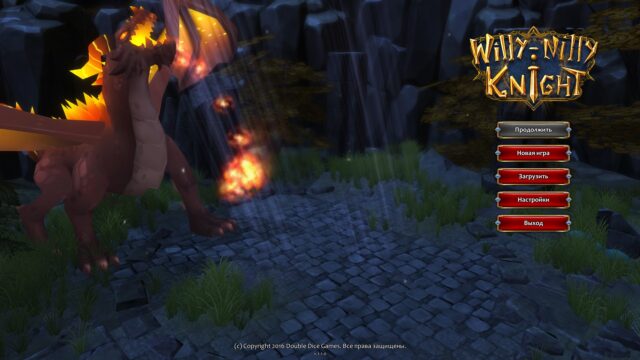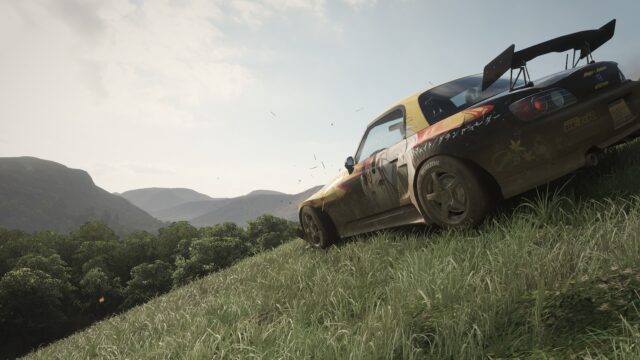Jon Snow in the Porthole – Call of Duty: Infinite Warfare Review
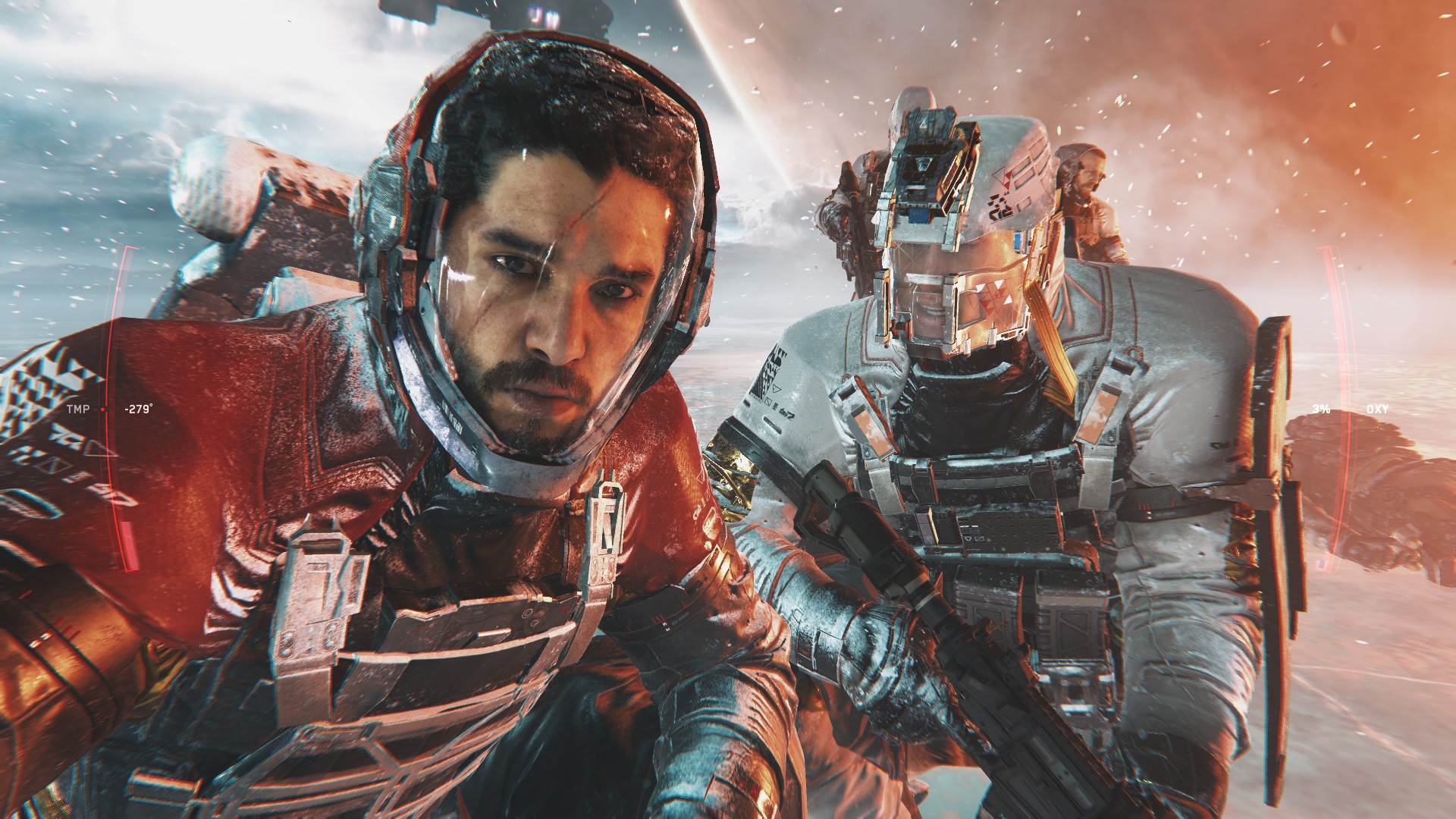
The already long-established label “conveyor” attached to Call of Duty no longer has any real basis. A conveyor usually implies the regular delivery of a product of known quality, and Activision’s creation has long had problems with that. Here, on the contrary, it is more like manual labor with a high degree of risk. You never know if there was a good shift at the factory – or if another game designer got caught in the machine, from which the ugly Black Ops III emerged.
For this reason, it was difficult to evaluate the new part remotely. The promotional materials looked good, but Infinity Ward has already let us down once, so just in case, we prepared some bad jokes about “In space, no one will hear your deafening failure.” Fortunately, they were not needed – Infinite Warfare knows how to turn a pile of guns and asteroids into an excellent action.

Despite the distant future a la “a couple more years until Master Chief”, the plot still revels in the human passion for choking on their own throats. At the center of the conflict, in general terms, is a coalition of good people and the forces of bad people-terrorists, who compete for the title of the organization with the most forgettable abbreviation in its name. There is certainly a serious underlying theme, but it is lost as soon as the introductory video ends and the old good tale of military valor begins.
What is even more surprising is that the main surprise of the script is its seriousness. No, Call of Duty has always been a game with furrowed brows, but it tried to stay in the realm of wild and casual action. In Infinite Warfare, however, there is a clear attempt to make it a drama: dark tones, neatly woven reflections on the admiral’s responsibility for the lives of his charges – and many, incredibly many deaths.
This time, for some reason, even the most resilient characters are sent off without any remorse. The fact that someone has survived more than five missions and hasn’t missed a single cutscene doesn’t mean they won’t be flattened in the next one. Perhaps it’s the influence of Kit Harington, but people here die worse than in “Game of Thrones”.
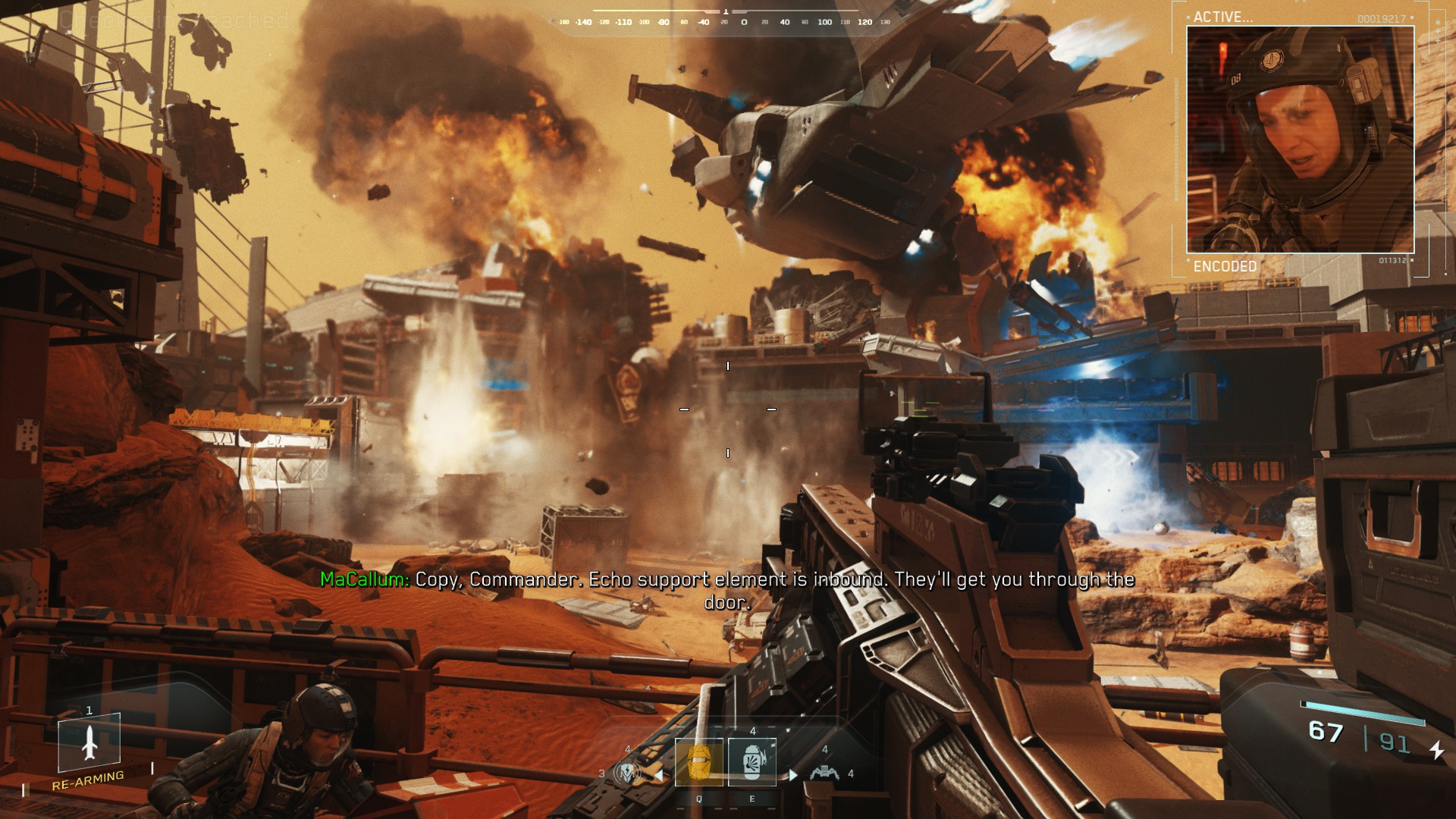
It is extremely disappointing in this situation that most of the heroes simply don’t care. Many of them only accompany you on missions and greet you with awkward compliments, but suddenly show their true characters on their deathbeds, while you try to figure out who is even kicking the bucket on screen. Some extras even delay their personal development until the final credits – it’s purely human to feel sorry for them, but it’s like being forced to mourn the scientists who died at the beginning of Half-Life by showing their home video archives.
Unfortunately, the same can be said about the villain. He doesn’t even try to be an important plot element, only occasionally calling on interstellar “Skype” to show off his face resembling Jon Snow’s and crow a couple of radical slogans. No clear motives, no individuality, not even impressive confrontation – after Jonathan Irons from… Advanced Warfare It seems like bad manners.
The most convincing of all turns out to be a chappie-like robot from the main hero’s squad, and this is more of a reproach to the other characters. They can be colorful, moreover, they should be with such plot accents, but they try to make an impression too late.
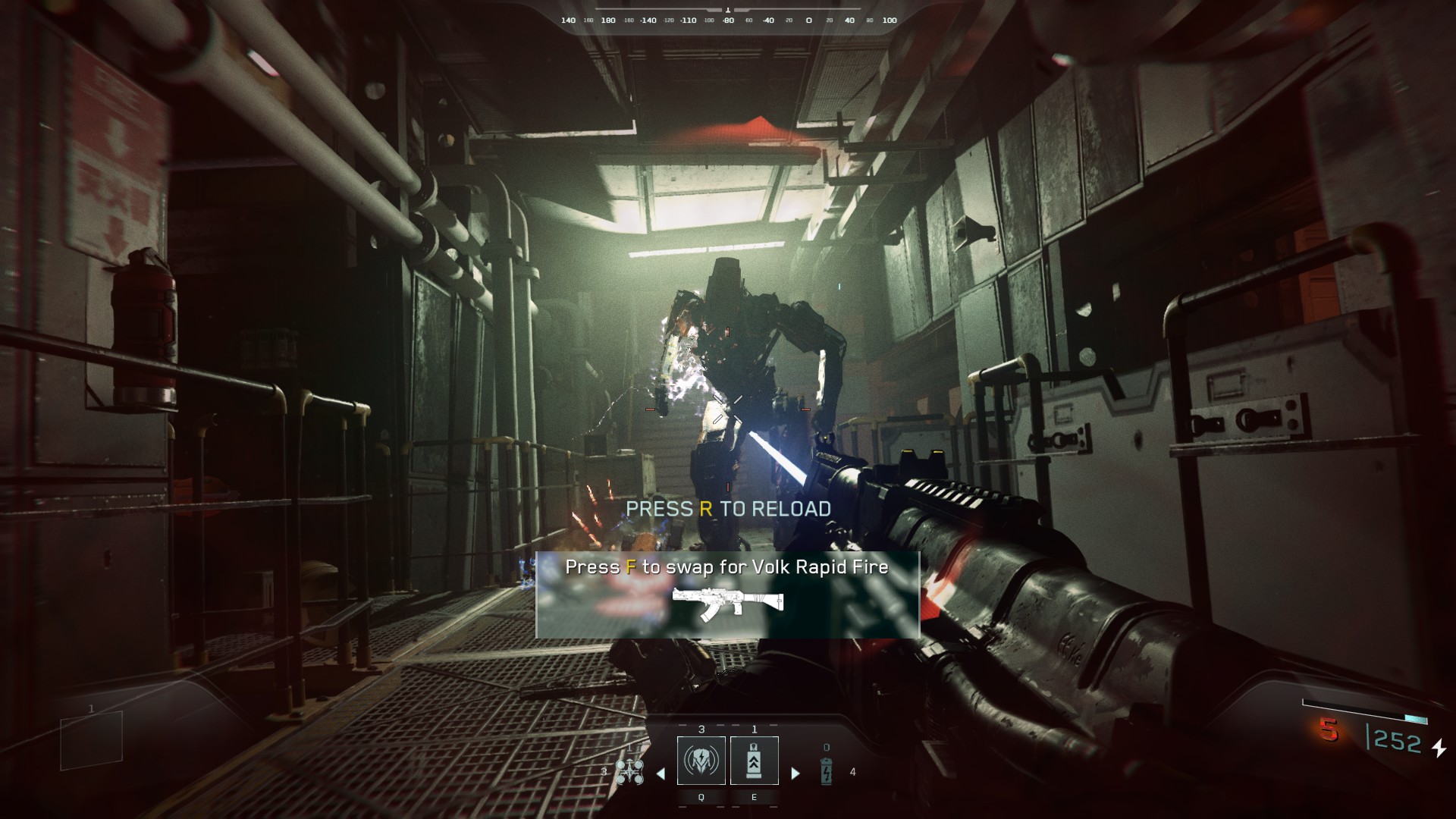

The same can be said about the entire history as a whole. Potentially, it is very interesting and lively, but it simply lacks time to unfold. At the end of the five to seven-hour campaign, events are just beginning to take shape, and characters are just starting to build relationships. If only there was a little more time, it could have become something more than just an action-packed bedtime story.
Ideally, Infinite Warfare should have been stretched into a whole trilogy. The main conflict is no worse than the adventures of Captain Price and could easily have been its own subcycle, given the opportunity. Then there would be no need to rush the development of characters, distributing their images through audio diaries, and we would probably have the opportunity to play as another character on the enemy’s side, empathizing with the villains. Either way, a well-thought-out background would have made the storytelling much more beautiful and smarter.
But my goodness, for how it is presented, many things can be forgiven.
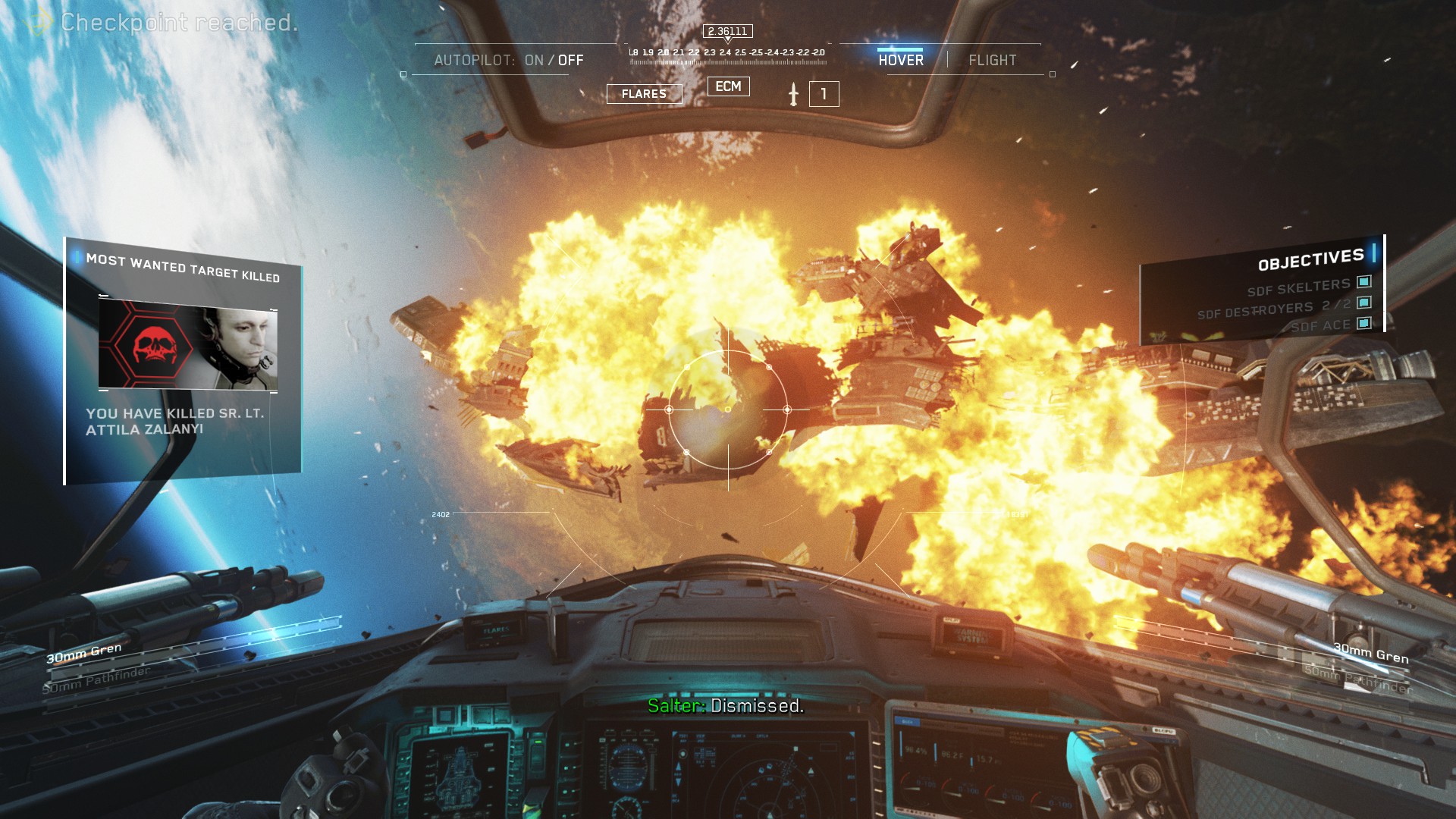
Technically, this is, of course, an ordinary modern Call of Duty. An interactive tour through a fully scripted circus with jetpacks, wall running, and weapons that are getting further and further away from real-life models every year. Although the plasma “Kalashnikov,” it must be said, feels much better than expected, as do many other tools in the arsenal. Our favorite is the mechanical spider, which autonomously seeks out an unsuspecting enemy and explodes on their neck. Arachnophobes should like it.
Infinite Warfare has more to offer than just new guns. Firstly, it is insanely, epically massive. For the first time in the entire series’ history, a regular monitor is not enough to play through the campaign because the explosions – small, big, very big, and very, very big – simply don’t fit on a modest home display. Huge towers fall on the screen, entire fleets shatter into pieces, and space stations crumble, and you fight the strong desire to switch to a giant plasma or invite friends to an IMAX theater. The scale of what is happening is such that even there, the game would probably feel cramped.
Secondly, there are side missions alongside the main ones. These are sketches that the authors were too lazy to fully script and even lazier to cut out of the final version. Most of them are silly and only stand out because shooting is always fun, but there are also small masterpieces like stealth in zero gravity and sabotage behind enemy lines. With costume changes!

The game, fortunately, does not get too involved in side activities, unlike many colleagues. Additional missions rarely take more than a few minutes, and their list is exhausted before clearing the map of icons becomes routine. It turns out to be such a pleasant set of solo special operations, generously sprinkled with bonuses for completion.
The tastiest episodes, as usual, are the ones with a plot. They are always fast-paced and filled with a billion unique situations. One moment we’re boarding a cruiser, the next we’re engaged in a cautious positional battle in zero gravity, then we’re storming enemy fortifications under the cover of a bomber, or we’re engaging in a battle with a local Metal Gear, or even playing a robo-horror game – the concentration of spectacular scenes this year is simply off the charts. Although there are occasional almost direct quotes from the golden era of the series, they are still saved by the unusual packaging. In space, everything is different, except for the fact that no one does staged warfare better than Call of Duty.
The only complaint about the whole action is that some sequences repeat with annoying regularity. In particular, Infinity Ward is very proud of the borrowed flying inserts from Halo: Reach and includes them almost as often as on-foot episodes. They are indeed beautifully done, fun, and cool, but at times it feels like their function is the same as that of the Batmobile in Arkham Knight. Filling gameplay gaps, that is. Well, the effect is slightly blurred when you experience the luxurious scene of preparing a fighter for takeoff for the tenth or fifteenth time.
As for the multiplayer, it seems that it has not improved since Black Ops III. Call of Duty has always been a game where you can jump in and mindlessly shoot without burdening yourself with the intricacies of the process, but recently it has ceased to be so. There are an unusually large number of unnecessary quirks here: again, some multi-layered classes, unique abilities, equipment crafting, crates, and, for heaven’s sake, keys for them. It’s not as difficult to understand all of this as it seems at first, but there was no reason to clutter up the crystal-clear mechanics.
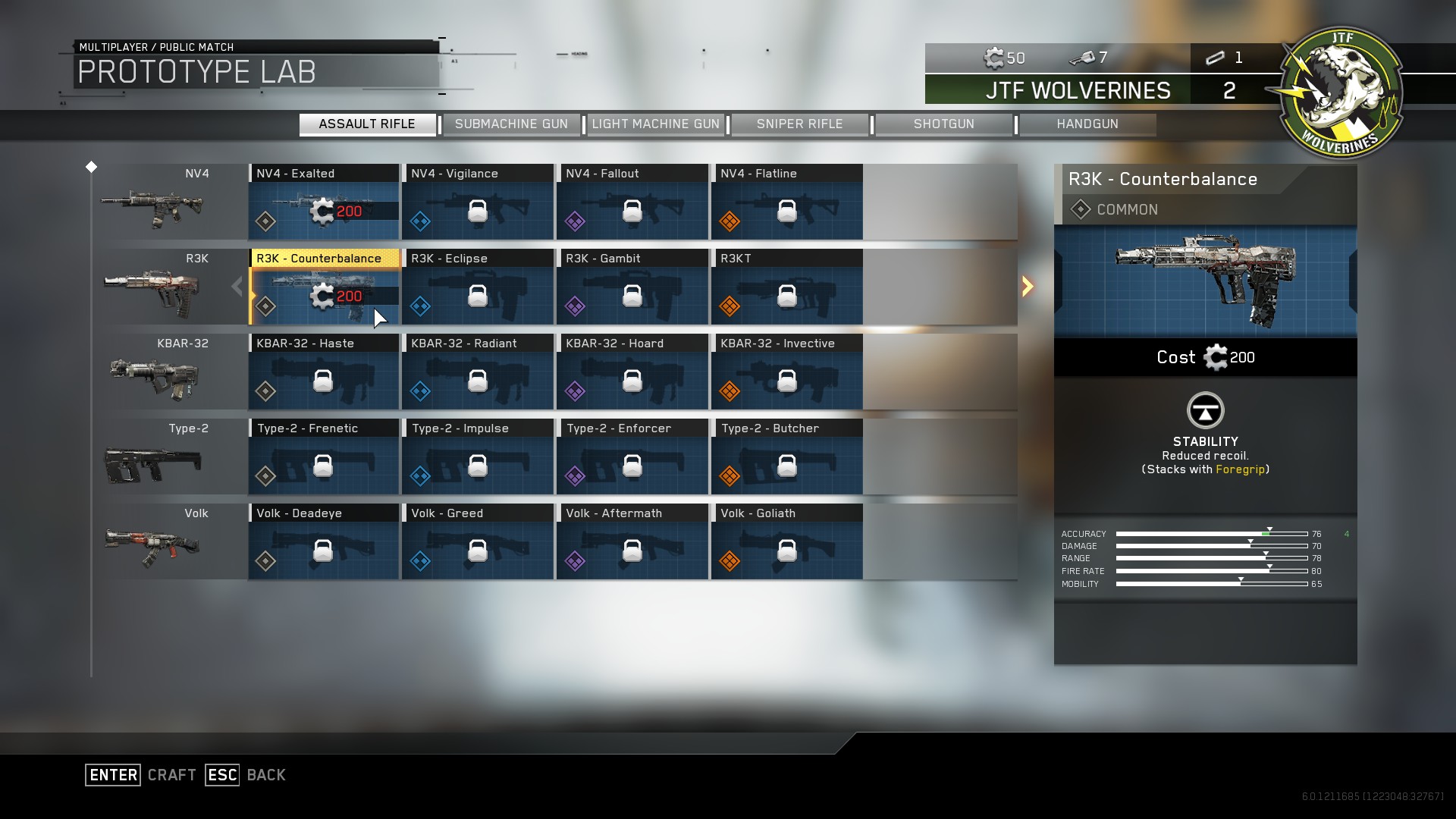
Call of Duty: Infinite Warfare
But those are purely personal nitpicks. What is objectively bad is the design of the network mode maps. It’s hard to even say how many there are. Two? Four? If you believe rare sources, twelve. A whole dozen of dull and unattractive corridors with the same structure in three fronts and unbearable cramped movements. Shooting is fun, but not while jumping in nauseating cubicles meter by meter. That’s how fights should take place in dormitories, not battles of galactic significance.
Zombie mode suffers noticeably less from these issues. There, the only available arena now delights with a bright palette, and the terrible box-card system looks more or less organic, stimulating interest in repeat sessions without overwhelming with tons of information. The developers have made the zombie shooting no worse than the masterminds from Treyarch, so until Valve announces Left 4 Dead 3 about the acid eighties, this is the best offer on the market.

The Infinite Warfare campaign easily carves out a place for itself among the best, alongside the first Black Ops and Modern Warfare. Despite a few shortcomings, it experiments with the storyline, tries something new in the setting and gameplay, which makes it memorable. Such steps are extremely indicative and commendable for a “conveyor”.
However, it’s time to end the series with a futuristic theme. It’s not so much that this trend is being overtaken by zombie survival games, but rather the exhaustion of the question for this line. The future warfare action has already been shown from all angles in Call of Duty, so the next science fiction statement risks becoming as dull as Ghosts among shooters about modern conflicts.
Share
Discuss
More Reviews


